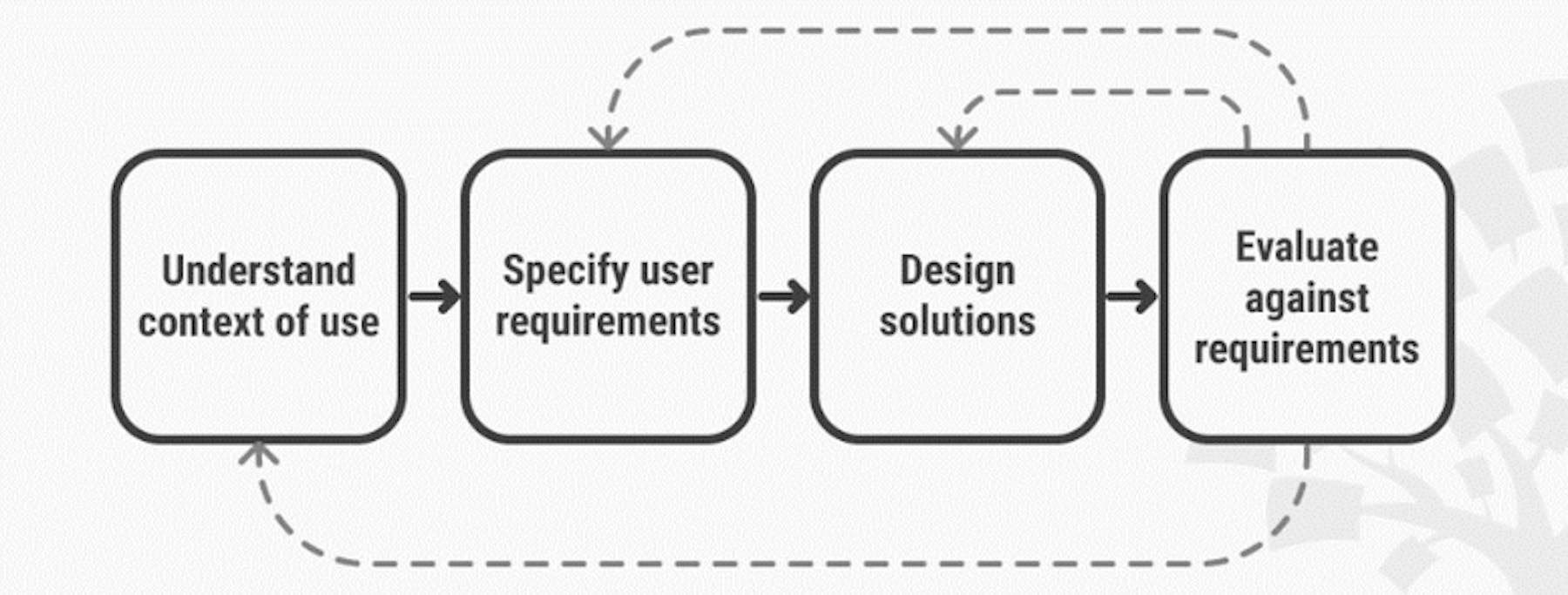What is user-centered design (UCD)?

One problem that can hold some User Experience (UX) professionals back a bit is that there are frequent terminology arguments in the field.
In general, however, many terms are interchangeable when you need to get your point across. Today, we'll be looking at two terms that are often used interchangeably: user-centered design and human-centered design.
What is user-centered design?
According to the Interaction Design Foundation, user-centered design is “an iterative design process in which designers focus on the users and their needs in each phase of the design process.”
The point of user-centered design (UCD) is to incorporate user research and user feedback throughout the design process so that designs are truly based on user needs and wants.

Often, the design and development processes end up not being user-focused. Sometimes usability testing might be done at the end, when it's too late to iterate and make major improvements. Instead of building based on needs, organizations built what they decided to build, and people must simply learn to learn to use it—whether it's a good experience or not.
It's important to strategize and plan when and how to do user research throughout the design process, from ideation to the final product. In fact, the product may never truly be final but instead may be constantly improving based on continued research insights.
Getting back to our question at hand: user centric design is a design framework for understanding, specifying, and evaluating a design against user needs. UX methods fit within that framework and support it.
But it can also get a little more complicated.
What is human-centered design?
Remember, you can probably use either user- or human-centered design terminology and nobody will get mad or offended.
But to get more specific, user-centered design comes from a larger idea of human-centered design, which has its own ISO standard. In the field of Human Factors (which is one historical origin of the field of UX), professionals design products based on a combination of user abilities, tasks, and environments.

So, compared to UCD, HCD may encompass more about the users’ abilities, like human perception, cognition, and decision making — often specifically in the context of designing for experts like pilots or surgeons. This HCD framework might also include aspects of human ergonomics, physiology, or sociology which go beyond what many UX researchers examine.
In the past few years, many have critically considered whether UCD (or HCD) is enough. As conscious, ethical practitioners, we also need to be thinking about how design impacts everyone, not just immediate users of the product or service.
We need to thoroughly understand the impact of our designs on society, on marginalized folks, and on the natural environment. We are facing a time in which we should consider how we can re-focus design on the betterment of humans as a whole.

Considering so many big questions in design is quite a task — but we have to try. Our responsibility is to advocate for users, but also, perhaps, sometimes, we are the ones to push for ethics.
In the end, it doesn't matter which words you use when you’re talking about the work, as long as you are doing the work.
Bonus: other terms to know
Design Thinking is an approach to solving problems with design popularized by the company IDEO. One big idea from this philosophy is that non-designers can also practice design thinking, which can include a lot of different activities and frameworks for team-based collaboration.
Systems Thinking is another approach to solving problems, with an understanding that changing one part of a system affects other connected parts and that complex problems require input from multiple perspectives.
An agile development process refers to a strategy for incrementally improving a product over short periods of time, called sprints.

Create designs that drive goal conversions
Learn how to strategically optimize goal conversion rates by predicting the impact of design choices—before development begins.






